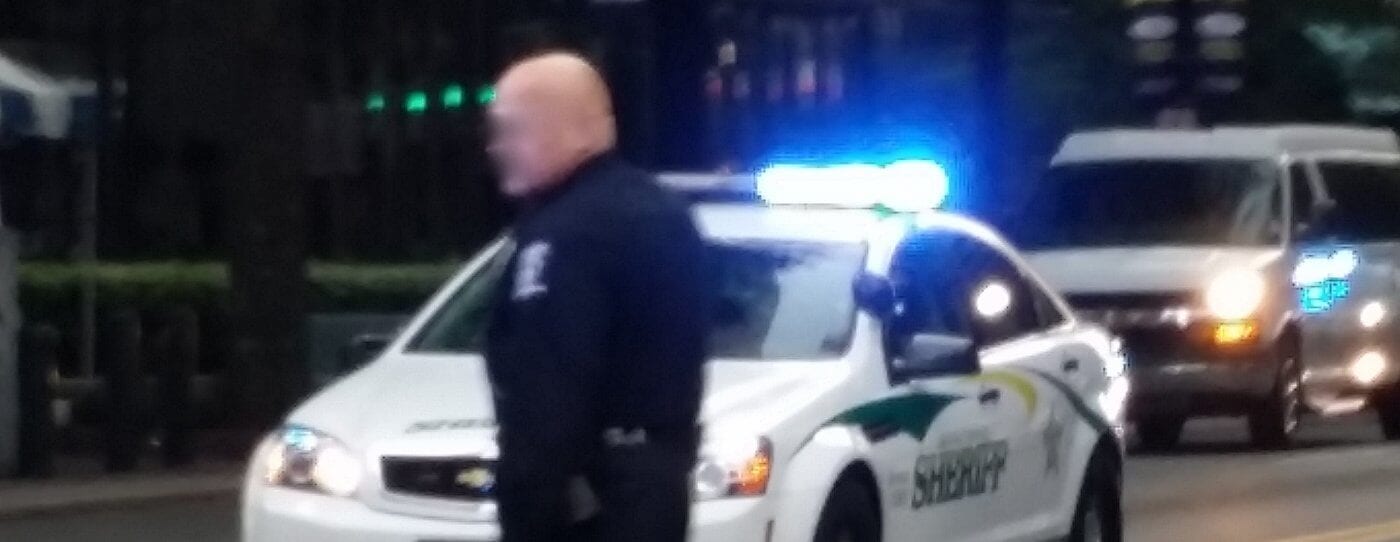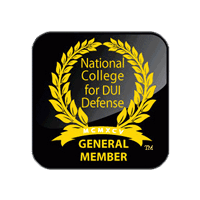Field Sobriety Tests Do Not Prove Impairment
Field sobriety tests, or “divided attention” tests, are routinely used by police and prosecutors to show evidence of impairment in DWI cases. There are three (3) “standardized” field sobriety tests that have been approved by the National Highway Traffic Safety Administration (NHTSA). These tests include the Horizontal Gaze Nystagmus (HGN), Walk and Turn (WAT), and One Leg Stand (OLS). “Standardized” simply means the tests have to be administered the same way every time to get somewhat reliable results. It should be emphasized that even under the best of testing conditions, none of these tests are 100% reliable. In fact, the highest percentage is only 88%. Many defense lawyers argue that such imperfect results should constitute “reasonable doubt” alone. Some older officers also still employ other tests such as saying ABC’s or counting backwards. These holdover tests from the past are neither standardized nor recognized under NHTSA DWI Investigation protocols.

Field Sobriety Tests in the Real World
Originally, these tests were validated by NHTSA in the 1970’s in a controlled environment. Test subjects included a broad cross-section of the population. Even under these ideal conditions, researchers determined that such tests are reliable only approximately 70-80% of the time when indexing to a blood alcohol concentration (BAC) of 0.10. Subsequent studies using a BAC of 0.08 showed improved predictability but still not full reliability. Let’s review what these “field sobriety tests” are really like outside of a controlled environment and on the street.
HGN Testing
HGN occurs naturally and is present in approximately 10% of the population without any alcohol whatsoever. There are also a variety of medical disorders, such as inner ear infections, vertigo, and Meniere’s Disease, that can cause the characteristic “eye jerking” associated with HGN. Also, if the HGN test is not administered correctly, there can be false results. Optikinetic, positional, and fatigue nystagmus can all result from improper testing conditions. Flashing blue lights or the passing lights of traffic during testing can cause optikinetic nystagmus. Testing with the suspect’s head improperly positioned or testing too many times or too far outside the field of vision can similarly result in flawed, “false positive” results. HGN is really just an eye examination being conducted on the side of the road. Usually, such examinations are done inside a darkened room. Nevertheless, when asked whether having one’s eyes examined outside in the night air with passing cars, wind, and the anxiety of being investigated by an officer of the law has any effect on the end result, most police steadfastly testify “no.” It has been my experience that most jurors had problems with such bold claims and usually look concerned with that answer. To see a video showing HGN testing, please click here.
WAT Testing
This field sobriety test is the most complicated maneuver and clearly has the most number of individual instructions to remember. If administered properly, there are some fourteen (14) different instructions, at a minimum. Many officers will sometimes give additional instructions in an attempt to clarify but only increases confusion. Then, the person is asked to walk in a straight line, heel to toe, while looking down with their hands by their sides while counting out loud. Of course, such feat is quite difficult and goes against natural body mechanics. Ordinarily, we walk with about a six inch gap, and we use our arms to counter balance. This is how we remain upright. We see such maneuver at the circus, but of course, those professional performers have long poles and are looking straight ahead. Looking down changes the equation and physiology of the inner ear which helps us maintain balance. To see a video showing WAT testing, please click here.
OLS Testing
Many persons mistakenly refer to this field sobriety test as the “one legged stand.” Of course, this test would be impossible with only one appendage. However, even with two functional lower extremities, this carnival feat is deceptively difficult to perform without lots of practice. It seems so easy, and the officer makes it look straightforward. But, as with the WAT, you are handicapped by being told to keep your arms at your side and to look down at your feet. It is a timed test, but you are not told how long. In fact, it is 30 seconds, but most persons attempting the test for the first time keep anticipating the officer to say “stop” sooner than later. As a result, most test subjects do not make it look as smooth as the police who have performed this maneuver hundreds, or even thousands, of times. To see a video showing OLS testing, please click here.
NHTSA Certification Training
Police officers undergo field sobriety testing training and receive certificates from NHTSA. This training is also available privately to lawyers. The attorneys of Aaron Lee PLLC complete this same certification training because they believe it is critically important to know as much as the police officer when trying DWI cases in court. In many instances, we can show flaws in the administration of the tests which results in any results being invalidated. Moreover, the newer officers who make a DWI arrest but are not certified can make mistakes in procedure that may give grounds to move to dismiss a case for lack of probable cause. Every case is different, but DWI lawyers need to take advantage of every weakness in the State’s case.
Juries and Field Sobriety Tests
 In my experience, most juries get bored during the technical explanation of field sobriety tests. Instead, they relate more to the everyday, common sense reality that most people are not going to be able to “pass” these tests on their first time attempting them. Some jurors may even try to perform the WAT or OLS back in the deliberation room. They will confirm that perfectly sober individuals cannot sufficiently perform these balancing acts without practice. Putting them on the side of the road with flashing blue lights, passing cars, and under the scrutiny of a police officer only makes things worse and compounds the difficulty. As a result, juries conclude the obvious: field sobriety tests do not prove impairment. They only prove that practice makes perfect.
In my experience, most juries get bored during the technical explanation of field sobriety tests. Instead, they relate more to the everyday, common sense reality that most people are not going to be able to “pass” these tests on their first time attempting them. Some jurors may even try to perform the WAT or OLS back in the deliberation room. They will confirm that perfectly sober individuals cannot sufficiently perform these balancing acts without practice. Putting them on the side of the road with flashing blue lights, passing cars, and under the scrutiny of a police officer only makes things worse and compounds the difficulty. As a result, juries conclude the obvious: field sobriety tests do not prove impairment. They only prove that practice makes perfect.
